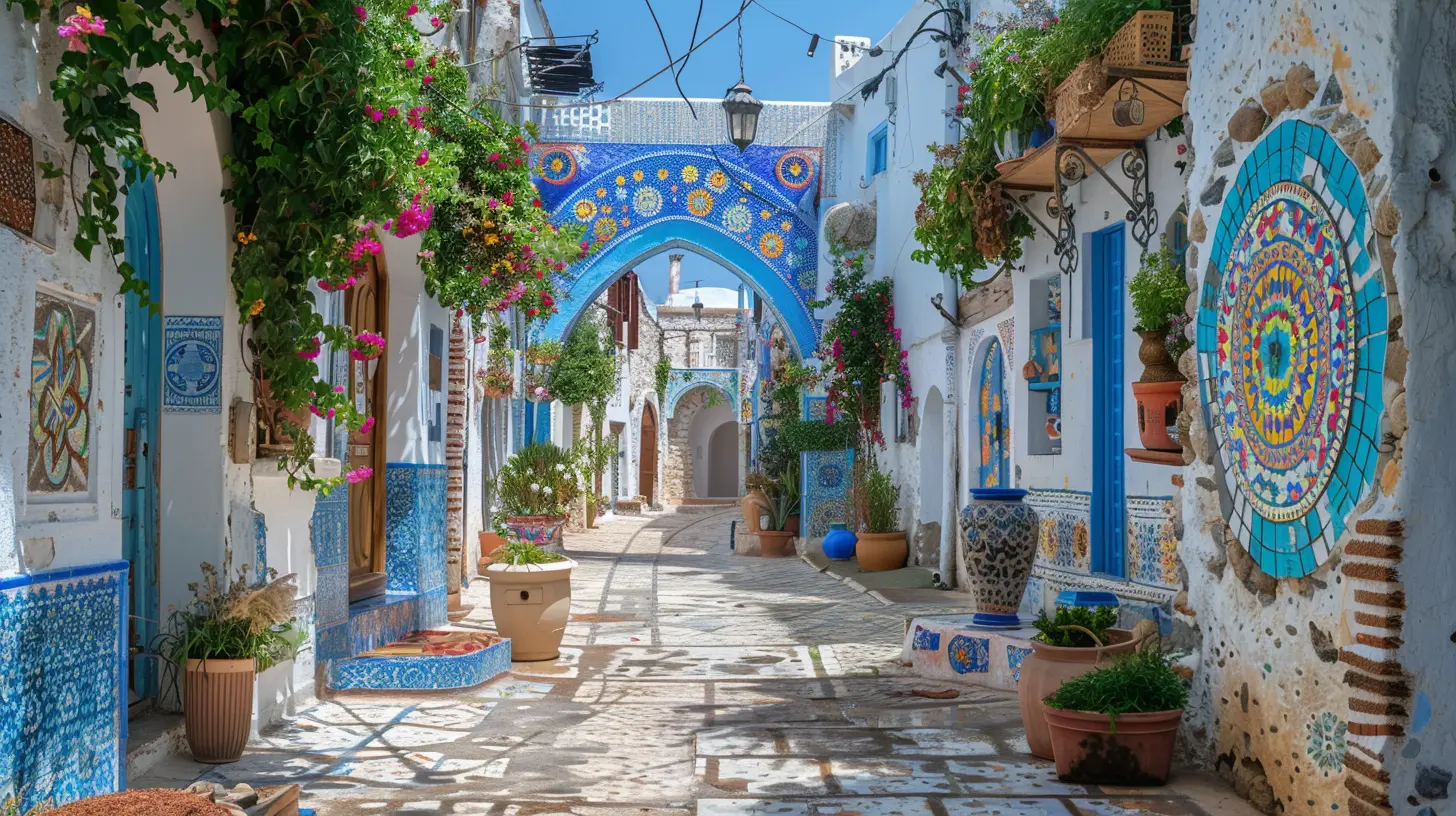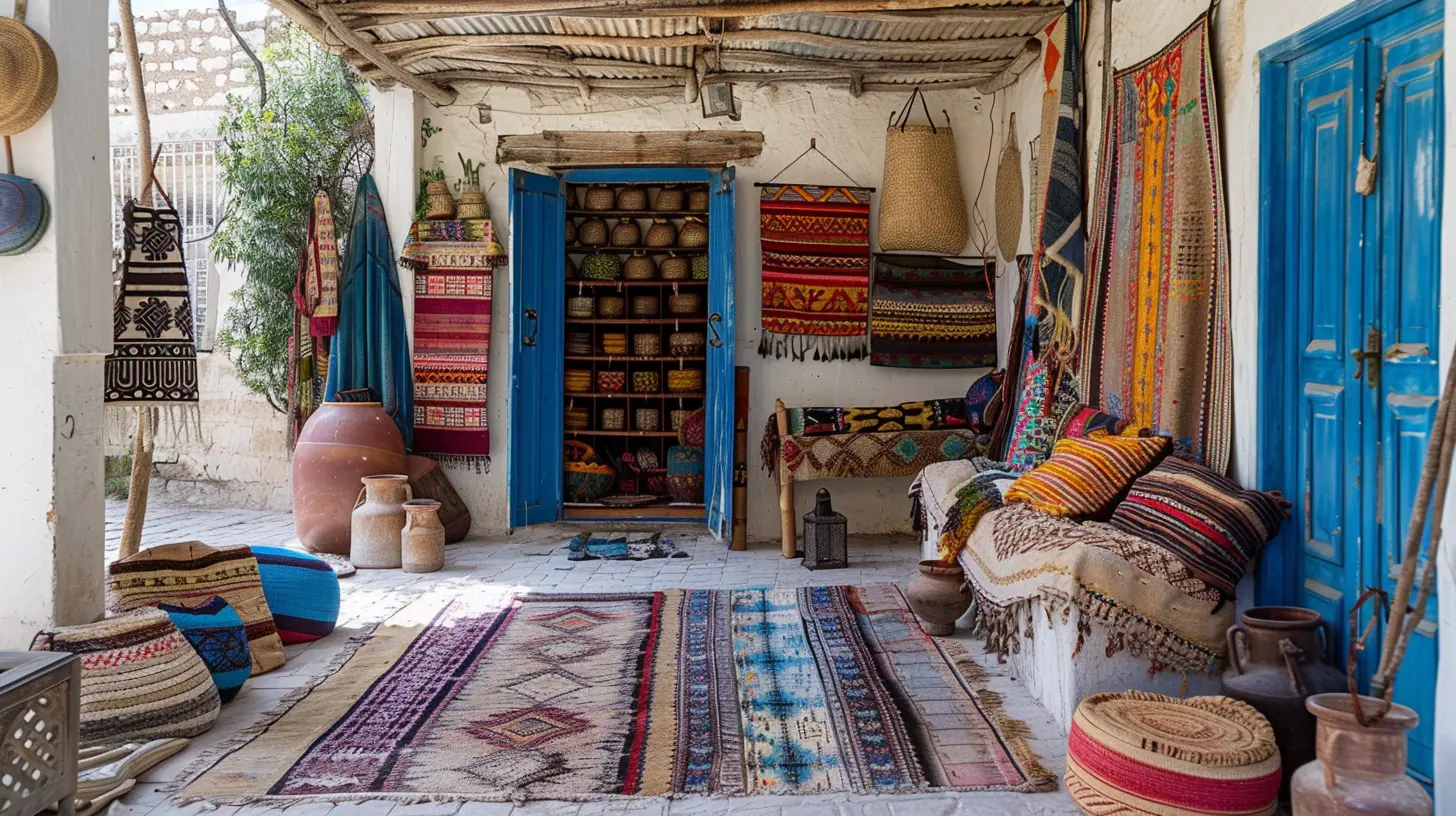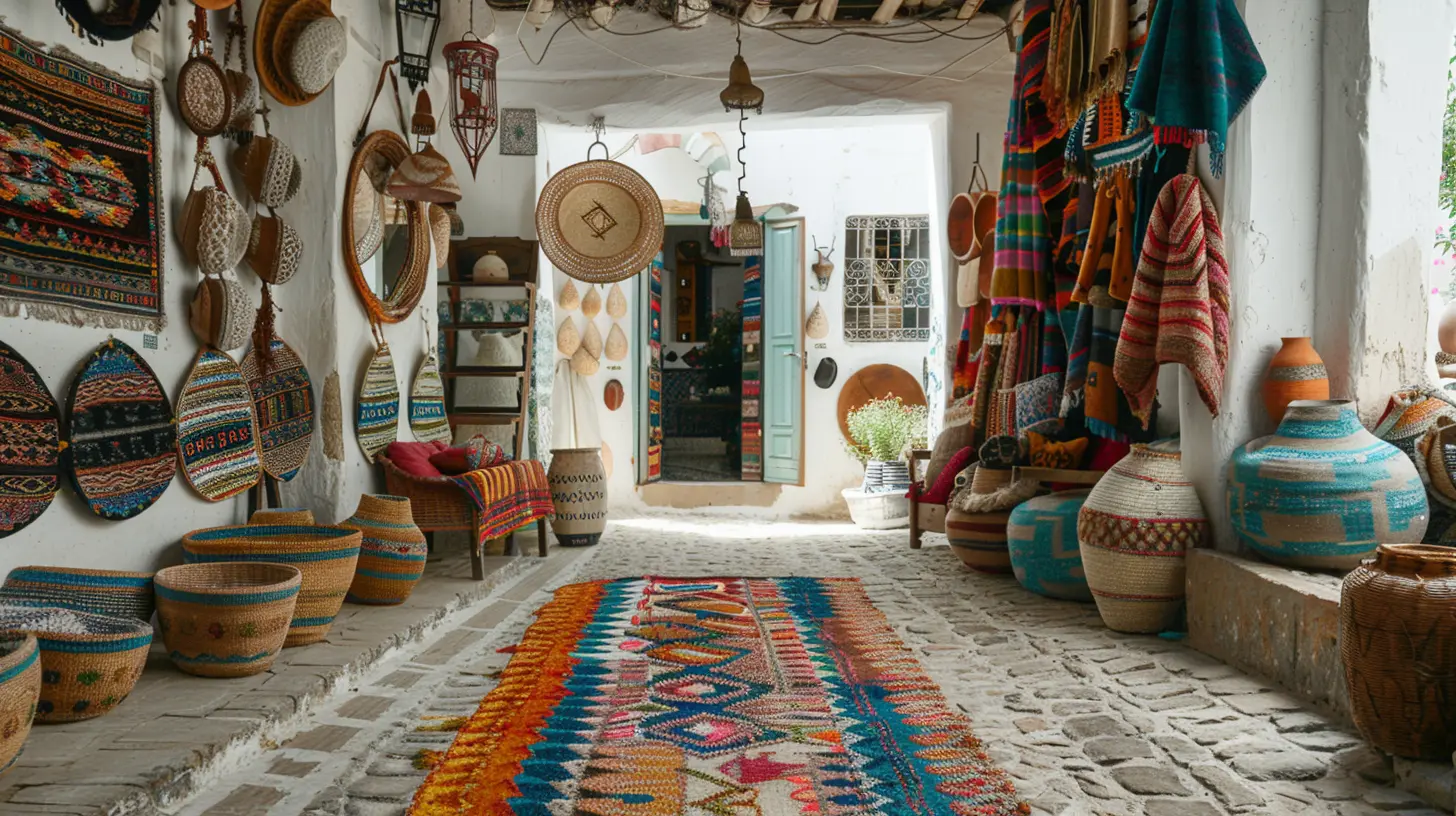Tunisia's Berber Villages: A Living History Tour
24 October 2025
When you think of Tunisia, images of golden beaches, bustling souks, and ancient ruins might come to mind. But beyond the well-trodden tourist paths lies a hidden treasure trove of history—Tunisia’s Berber villages. These remarkable settlements, carved into mountains and nestled in the desert, offer a glimpse into a way of life that has remained remarkably unchanged for centuries.
So, if you're searching for something truly special—something off the beaten path—then pack your bags and join us on a journey through Tunisia’s Berber heartland. 
The Berbers: Tunisia’s Indigenous Storytellers
Before diving into the villages themselves, let’s talk about the people behind them. The Berbers, or Amazigh, are Tunisia’s indigenous inhabitants. Their history stretches back thousands of years—long before the arrival of the Phoenicians, Romans, or Arabs.Despite countless invasions and cultural shifts, the Berber people have preserved their unique language, traditions, and architecture. Their villages are living time capsules, each telling a story of resilience, adaptation, and deep-rooted heritage.
Now, let's take a journey through some of the most fascinating Berber villages in Tunisia. 
Matmata: Land of Underground Homes
Matmata is probably Tunisia's most famous Berber village, and for a good reason—it's literally carved into the earth! Home to ancient troglodyte dwellings, Matmata looks like something straight out of a sci-fi movie. In fact, it was—this is where the original Star Wars movie filmed scenes for Luke Skywalker’s home on Tatooine.Why Were Homes Built Underground?
Centuries ago, the Berbers dug their homes into the soft sandstone to escape the scorching desert heat. These underground houses remain naturally cool in summer and warm in winter—nature’s own air conditioning!What Can You Do in Matmata?
- Visit a Traditional Troglodyte Home – Many local families open their doors to visitors, allowing you to step inside and experience Berber hospitality firsthand.- Stay in a Cave Hotel – Yes, you can sleep in one of these unique underground dwellings!
- Explore the Star Wars Connection – Fans of the franchise can check out the Hotel Sidi Driss, the actual filming location of Luke Skywalker’s home.

Chenini: A Fortress Village in the Sky
Perched atop a rugged mountain, Chenini is one of Tunisia’s most picturesque Berber villages. This ancient settlement was built high up to protect its people from invaders, and today, it offers visitors breathtaking panoramic views.What Makes Chenini Special?
Chenini is home to well-preserved hillside houses, grain storage rooms (ghorfas), and an intriguing white mosque that stands out against the surrounding reddish-brown landscape.Things to Do in Chenini
- Hike to the Top – The climb may be a bit challenging, but the view is absolutely worth it.- Explore the Granaries – These ancient food storage units reveal how the Berbers ingeniously preserved their supplies.
- Interact with the Locals – The villagers are incredibly welcoming and eager to share their traditions with curious visitors.

Douiret: A Window Into The Past
Not far from Chenini, the abandoned village of Douiret seems frozen in time. Wandering through its crumbling structures, you’ll feel as if you’ve stepped into a history book.What Can You Expect in Douiret?
- Ruins of Old Homes and Mosques – Although mostly uninhabited today, the village remains a testament to the past.- A Restored Troglodyte Home – Some locals have preserved their ancestral homes, allowing visitors to see how life once was.
- Peace and Quiet – If you’re looking to escape the tourist crowds, Douiret offers a serene, almost mystical experience.
Tataouine: The Gateway to the Berber World
You've probably heard of Tataouine thanks to Star Wars, but there’s so much more to this region than its Hollywood connection. Tataouine serves as the perfect starting point for visiting several Berber villages.Why Visit Tataouine?
- Ghorfas of Ksar Ouled Soltane – These multi-storied granaries look straight out of an ancient fantasy novel.- Berber Markets – Get a taste of local flavors and shop for handcrafted souvenirs and spices.
- A Rich Blend of Cultures – The mix of Berber, Arab, and desert influences makes Tataouine a fascinating cultural hub.
The Enduring Spirit of Berber Culture
Despite modernization, Tunisia’s Berber villages remain a vital part of the country’s identity. Many Berbers continue to speak their native Tamazight language and practice age-old traditions that have been passed down for generations.How Can You Experience Berber Culture?
- Try Traditional Berber Cuisine – From couscous to brik, Berber dishes are full of bold flavors and rich history.- Witness Berber Festivals – Events like the "Festival of the Ksour" showcase traditional music, dance, and crafts.
- Stay with a Local Family – Nothing beats experiencing Berber hospitality firsthand.
Tips for Visiting Tunisia’s Berber Villages
1. Respect Local Customs – Berber communities are deeply rooted in tradition, so dress modestly and be mindful of cultural sensitivities.2. Hire a Local Guide – To fully appreciate the history and significance of these villages, a knowledgeable guide can be invaluable.
3. Visit During Spring or Fall – Summers in the Tunisian desert can be scorching, so aim for cooler months for a more comfortable trip.
4. Try to Learn a Few Words in Tamazight – Even a simple "thank you" (tanmirt) can go a long way in making connections with locals.
A Journey Through Time
Visiting Tunisia’s Berber villages is more than just a sightseeing trip—it’s a step back in time. These communities offer not only stunning landscapes and unique architecture but also a deep sense of history and tradition.If you ever find yourself in Tunisia, venture beyond the usual tourist hotspots. Wander through ancient streets, sip tea with Berber elders, and let yourself be transported to a world where history is not just remembered—it’s lived.
### Ready for an adventure? Tunisia’s Berber villages are waiting for you.
all images in this post were generated using AI tools
Category:
Cultural ToursAuthor:

Shane Monroe
Discussion
rate this article
1 comments
Kael McGivern
Tunisia's Berber villages offer a captivating glimpse into rich culture and history. The unique architecture, vibrant traditions, and stunning landscapes make it a must-visit for travelers seeking authentic experiences. A journey here is truly stepping into a living history.
October 24, 2025 at 2:34 AM

Shane Monroe
Thank you for your insightful comment! Tunisia's Berber villages indeed provide a remarkable opportunity to immerse oneself in a unique cultural heritage and experience the beauty of their traditions and landscapes.


